читайте также
 New housing rental rules in Greece
New housing rental rules in Greece
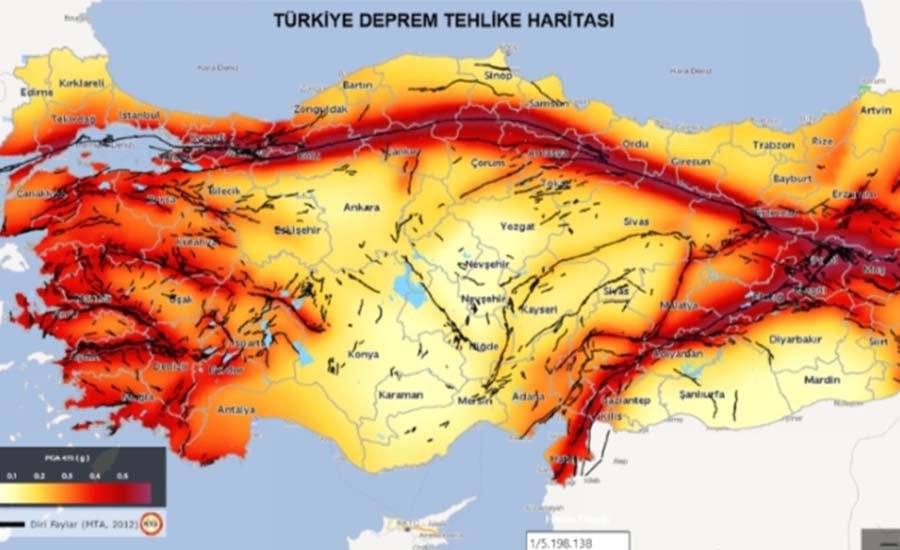 Turkey at the Epicenter of Seismic Risk: 100 Earthquakes a Day
Turkey at the Epicenter of Seismic Risk: 100 Earthquakes a Day
 Global Wealth Map: The U.S. Maintains Leadership, Asia Strengthens Its Position
Global Wealth Map: The U.S. Maintains Leadership, Asia Strengthens Its Position
 Money Transfers to Georgia Increase: USA, Italy and Russia Lead
Money Transfers to Georgia Increase: USA, Italy and Russia Lead
 Londoners no longer want to buy property outside the city
Londoners no longer want to buy property outside the city
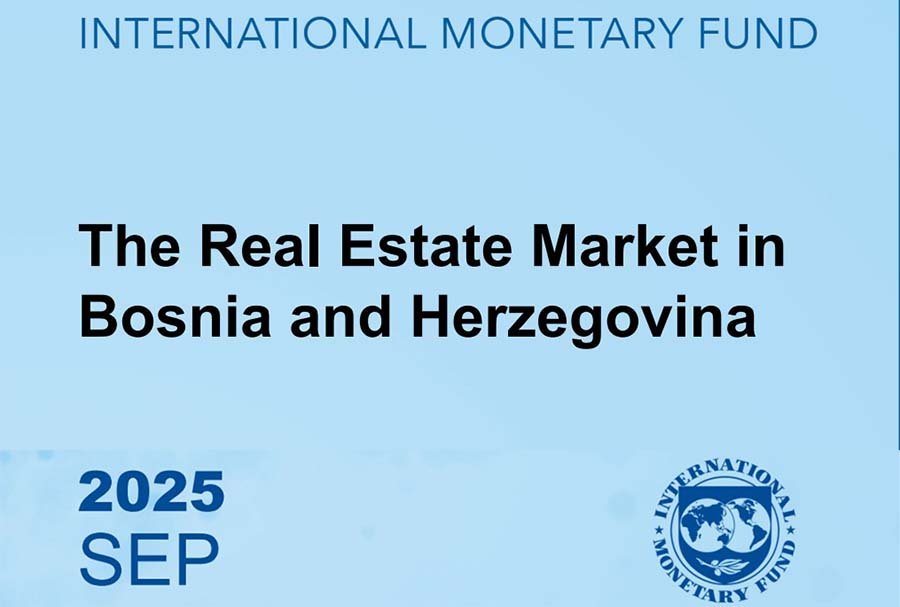 Housing in Bosnia and Herzegovina: prices, yields, and risks in 2025
Housing in Bosnia and Herzegovina: prices, yields, and risks in 2025
Which European Countries Have the Most Job Vacancies in 2025

Photo: Euronews
Europe faces a paradox: high unemployment combined with millions of unfilled vacancies. Germany, the UK, and France lead in open job positions, according to Euronews Business. This highlights the scale of the labor shortage and the widening gap between job seekers’ skills and market demands.
Job Vacancy Rate: A Snapshot Across the EU
The report uses the Job Vacancy Rate (JVR) – the share of open positions out of total jobs. It declined from 2.4% in Q2 2024 to 2.2% in Q1 2025 and 2.1% in Q2 2025. Differences between countries remain sharp: from 0.6% in Romania to 4.2% in the Netherlands.
- Top vacancy levels: Belgium (4.1%), Austria & Norway (3.4%), Malta (3%).
- Mid-range: Germany & France (2.5%), Italy (1.7%).
- Lowest levels: Spain & Poland (0.8%), Bulgaria (0.9%), Turkey & Slovakia (1.1%).
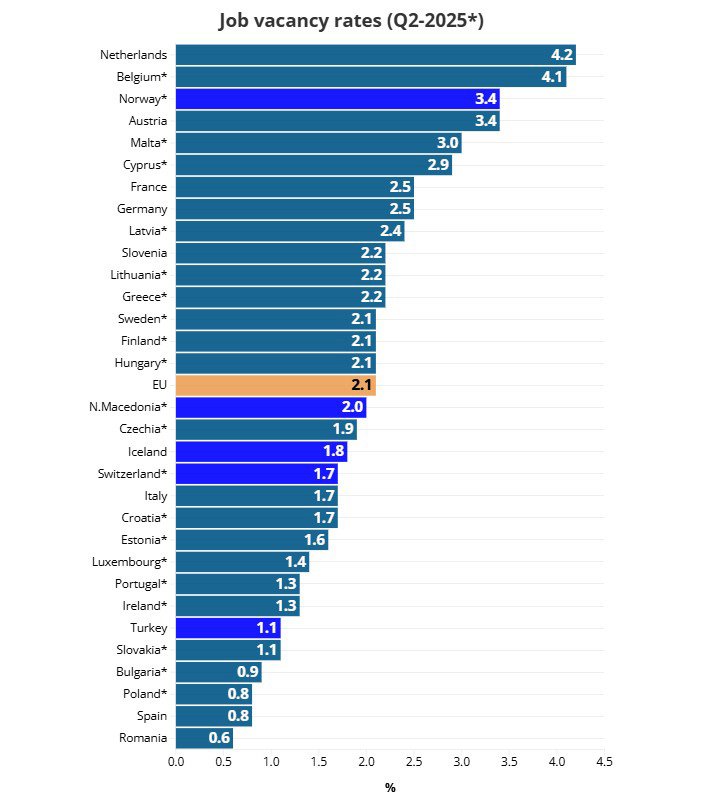
Countries with the Most Vacancies in Numbers
In absolute terms, Germany leads with 1.05 million unfilled jobs. The UK follows with 781,000, France with 504,000, and the Netherlands with 400,000.
Other notable figures:
- Belgium – 170,000
- Austria – 148,000
- Spain – 145,000
- Sweden – 113,000
- Norway – 107,000
- Poland – 101,000
The smallest numbers are seen in Iceland (5,000), Luxembourg (7,000), Malta (8,000), and North Macedonia (10,000).
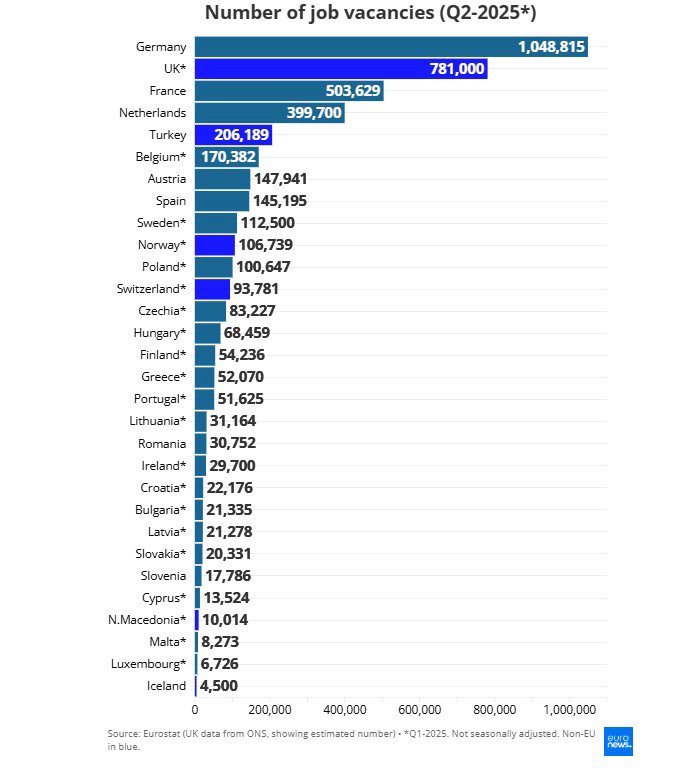
Migration Doesn’t Match Job Demand
High demand for workers does not always align with migration flows. In 2023, Germany received 1.27 million migrants (905,000 from outside the EU), making it the top destination in Europe. Spain had nearly the same level of immigration (1.25 million) but ranks only 8th in job vacancies. This contrast shows that labor demand must be assessed relative to economic size and growth.
Eurostat notes that vacancies reflect unmet labor demand and skills mismatches. Shortages are becoming critical: in 2018, just 42% of employers in 21 European countries reported talent gaps, but by 2023 this had surged to 75%. In Germany and Greece the figure reached 82%. A Eurobarometer survey found that 54% of SMEs in the EU rank labor shortages among their top three challenges.
Sectors with the Most Job Postings
Indeed data for Q2 2025 shows the highest demand in:
- Installation & maintenance
- Management
- Sales
- Food service
These sectors consistently rank in the top 5 across Germany, France, the UK, and the Netherlands.
Germany: Installation & maintenance (14.5%), sales (9.9%), admin support (7.2%), management (6.4%), software development (5%).
UK: Food service leads (10.4%), followed by management (10.2%), sales (6.7%), personal care/home help (6.3%), education (5.3%).
France: Sales (9.2%), management (7.6%), food service (7.8%), installation/maintenance (6.9%), cleaning (5.4%), healthcare (up to 4.2%).
Netherlands: Management (10.1%), installation/maintenance (9%), sales (8.5%), nursing (8.3%), food service (5.9%).
Overall, the core demand is concentrated in management, sales, installation & maintenance, while IT development, healthcare, and education remain stable at 3–5%.

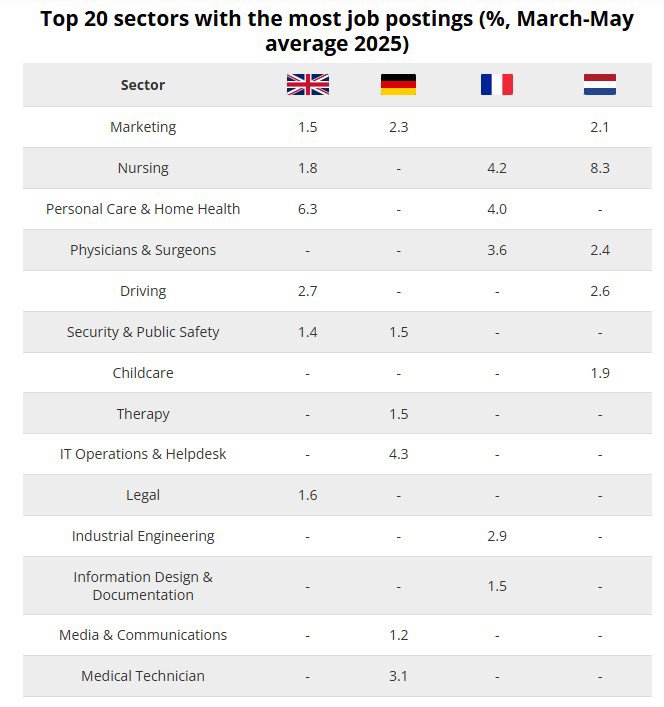
Future Trends
Experts predict growing demand in AI, cybersecurity, green energy, and biotech. Professions like GenAI engineers, climate data analysts, and sustainability specialists are shifting into high-paid categories. At the same time, many EU states are tightening migration rules, meaning applicants must always check updated regulations before moving.
Подсказки: Europe, job vacancies, Germany, UK, France, labor market, skills shortage, migration, employment, Eurostat, job market trends





